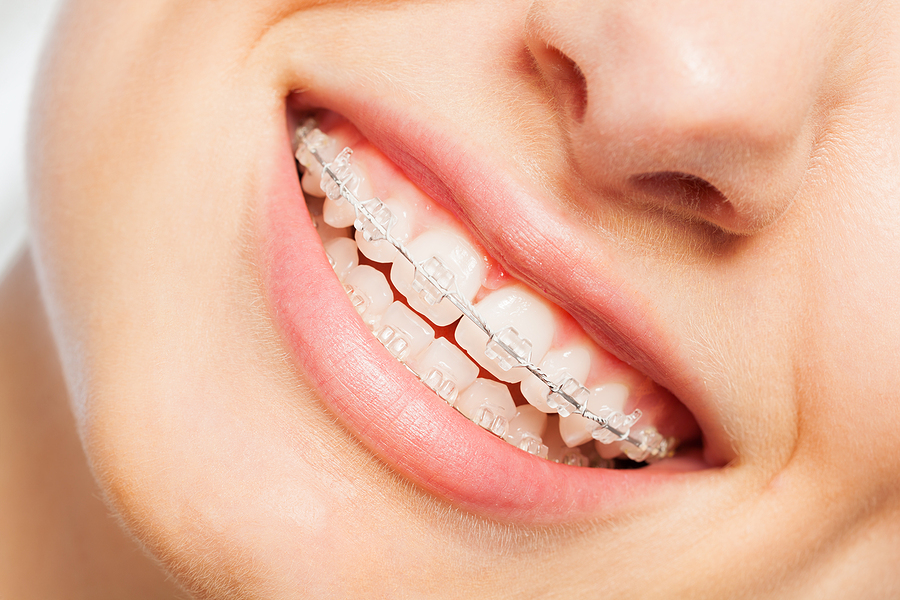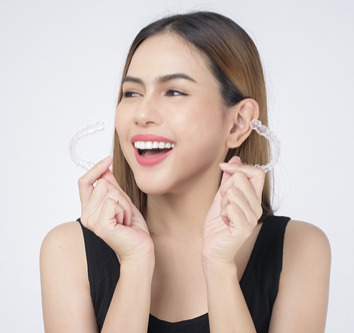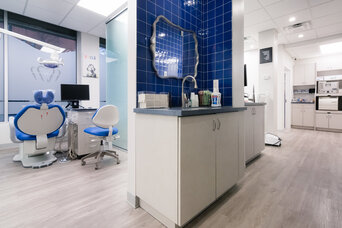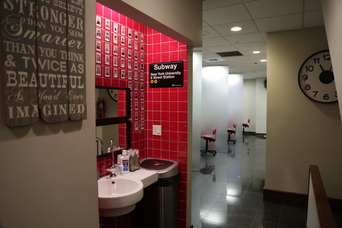Straight teeth and a healthy bite are possible with the right orthodontic care, but choosing between the many options available today can feel overwhelming. Children, teens, and adults each have different needs, which is why orthodontists now offer a wide range of solutions that go beyond the traditional metal brackets most people imagine. Some want a treatment that blends in. Others want something quick, removable, or strong enough for active lifestyles. This blog breaks down the top five types of brace options offered in Brooklyn Heights, helping you understand which one could be the right fit for your age, goals, and day-to-day life.
Traditional Metal Braces
The Most Recognizable Option
Metal braces are the classic choice many people picture when thinking of orthodontic treatment. They use stainless steel brackets and wires to move teeth into better positions.
Why Many Still Choose Metal Braces
Orthodontists often recommend them for children due to their durability. These braces hold up well during sports and active play. Parents also find them affordable and effective.
Today’s metal braces look smaller and more comfortable than earlier designs. Kids enjoy personalizing them with colored rubber bands, making treatment feel less clinical.
Ideal for:
-
Young children needing strong braces
-
Patients with complex alignment issues
-
Families seeking a cost-effective solution
Ceramic Braces
Clear Option with Power
Ceramic braces work the same way as metal braces but use clear or tooth-colored brackets. This makes them less visible, which appeals to teens and adults who want discreet treatment.
Orthodontists usually place ceramic braces on the top front teeth to improve appearance. They still move teeth efficiently but require more attention to oral hygiene to prevent staining.
Ideal for:
-
Teens concerned about appearance in school
-
Adults who want subtle braces but prefer fixed appliances
-
People with mild to moderate crowding
Invisalign Clear Aligners
Nearly Invisible and Removable
Invisalign uses custom-made, clear plastic trays to shift teeth gradually. These aligners fit snugly and are almost invisible, making them a popular option among adults and image-conscious teens.
Patients wear the aligners for about 22 hours per day, removing them only to eat or brush. Invisalign works best for patients with mild to moderate alignment issues and those who commit to wearing them consistently.
Orthodontists in Brooklyn Heights often recommend Invisalign to adults with busy schedules who prefer fewer office visits.
Ideal for:
-
Adults who want a professional appearance during treatment
-
Teens responsible enough to keep track of aligners
-
Patients with mild spacing or crowding
Lingual Braces
Hidden Behind the Teeth
Lingual braces offer the power of traditional braces with the added benefit of being completely hidden. Orthodontists attach them to the back of the teeth, making them invisible from the front.
While lingual braces can treat many of the same issues as metal braces, they take more time to place and adjust. Patients may also need a short adjustment period for speech and comfort.
Because they are customized to each patient’s mouth, lingual braces often come at a higher cost. Still, for those who want effective treatment without a visible appliance, they provide a solid option.
Ideal for:
-
Adults in public-facing roles
-
Teens in performing arts or athletics
-
Patients looking for discreet treatment without clear aligners
Self-Ligating Braces
Advanced Brackets for Smoother Movement
Self-ligating braces look similar to metal braces but use a special clip instead of rubber bands to hold the wire. This reduces friction and allows teeth to move more freely.
These braces typically require fewer adjustments, which can mean shorter appointments. Patients also report slightly less discomfort compared to traditional braces.
Many orthodontists in Brooklyn Heights offer both metal and ceramic versions of self-ligating braces. While they cost more than standard braces, some find the reduced treatment time and comfort worth the price.
Ideal for:
-
Patients with tight schedules
-
Children who find frequent visits hard to manage
-
Adults looking for efficient movement and less maintenance
Choosing the Right Braces for Your Age Group
Children: Build a Strong Foundation Early
Children usually benefit from metal braces or self-ligating braces. These types handle fast jaw development and give orthodontists more control over complex changes. Early treatment can correct bite problems before they worsen.
In some cases, orthodontists may start with space maintainers or expanders before braces. This helps prepare the mouth for future alignment.
Teens: Balance Looks and Lifestyle
Teenagers often care about appearance. Ceramic braces or Invisalign can help them feel confident during treatment. However, those who lose things easily may do better with fixed braces rather than removable aligners.
Lingual braces also appeal to teens involved in acting, singing, or sports. Each choice depends on personality, lifestyle, and how much responsibility the teen can manage.
Adults: Discreet, Effective, and Comfortable
Adults have different priorities. Many prefer treatments that don’t interfere with work or social events. Invisalign and lingual braces allow for privacy, while ceramic braces blend into the smile.
Self-ligating braces offer efficient movement with less friction, which helps adults who want quicker results without added discomfort.
Why It Matters to Choose an Experienced Orthodontist
No matter the type of braces you choose, working with the right provider makes a difference. Orthodontists with experience in Brooklyn Heights can help you choose what fits your needs, age, and goals. They also monitor progress closely to make adjustments and keep treatment on track.
Clear communication and a personalized plan make treatment smoother and more comfortable. Look for a practice that offers several types of braces so you have real options.
What We Offer in Brooklyn Heights
At House of Orthodontia, we provide care for children, teens, and adults across Brooklyn and Manhattan. We offer a full range of options, including traditional braces, clear ceramic braces, Invisalign, self-ligating systems, and lingual braces. Every treatment plan starts with a consultation and detailed evaluation.
Our orthodontists use advanced tools to design efficient, effective plans. We aim to make treatment as smooth and comfortable as possible. Whether you want early treatment for your child or subtle options for yourself, we’re ready to help you move forward with confidence.
Schedule Your Consultation Today
We welcome new patients of all ages at our Brooklyn Heights location. Call us to schedule a consultation and learn which type of braces is right for you or your child.
Brooklyn Office:
122 Atlantic Avenue, Brooklyn, NY 11201
New Patients: 929-930-1768
Current Patients: 718-852-4414
You can also visit houseoforthodontia.com to learn more and request an appointment online.
FAQs
What is the best age for children to get braces?
Most children start braces between ages 9 and 14, once permanent teeth come in. Some younger children may need early orthodontic treatment to guide jaw growth.
Are clear aligners better than metal braces?
Clear aligners like Invisalign work well for mild to moderate alignment issues. Metal braces handle more complex movements and often cost less.
How long will treatment last?
Most treatments last 12 to 24 months, depending on the severity of the issue and the type of braces used.
Can adults still get braces?
Yes. Adults make up a growing number of orthodontic patients. Many choose ceramic braces, Invisalign, or lingual braces to keep treatment discreet.
Do braces hurt?
Patients may feel pressure after adjustments, but the discomfort usually fades in a few days. Newer braces are more comfortable than older designs.





